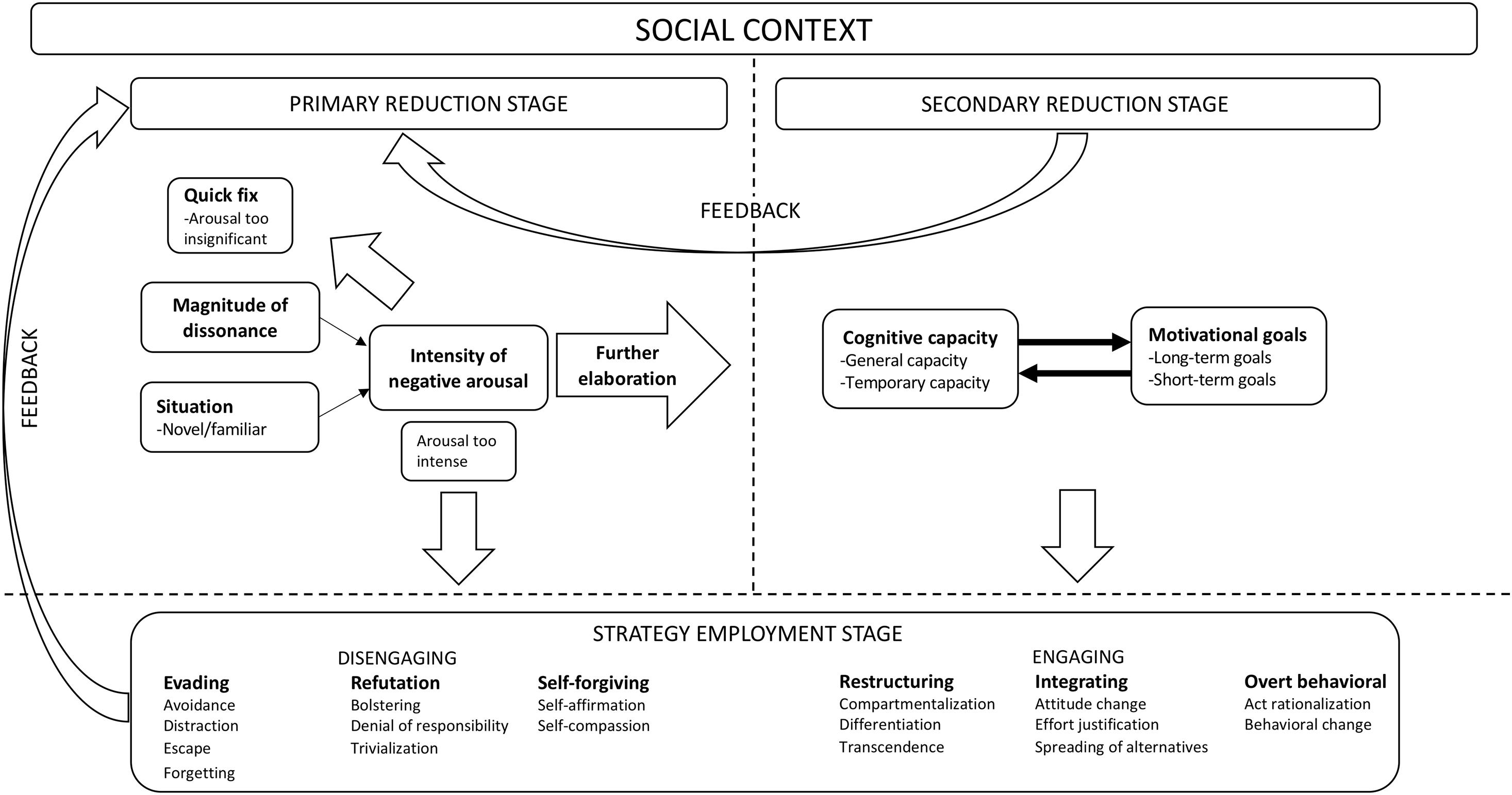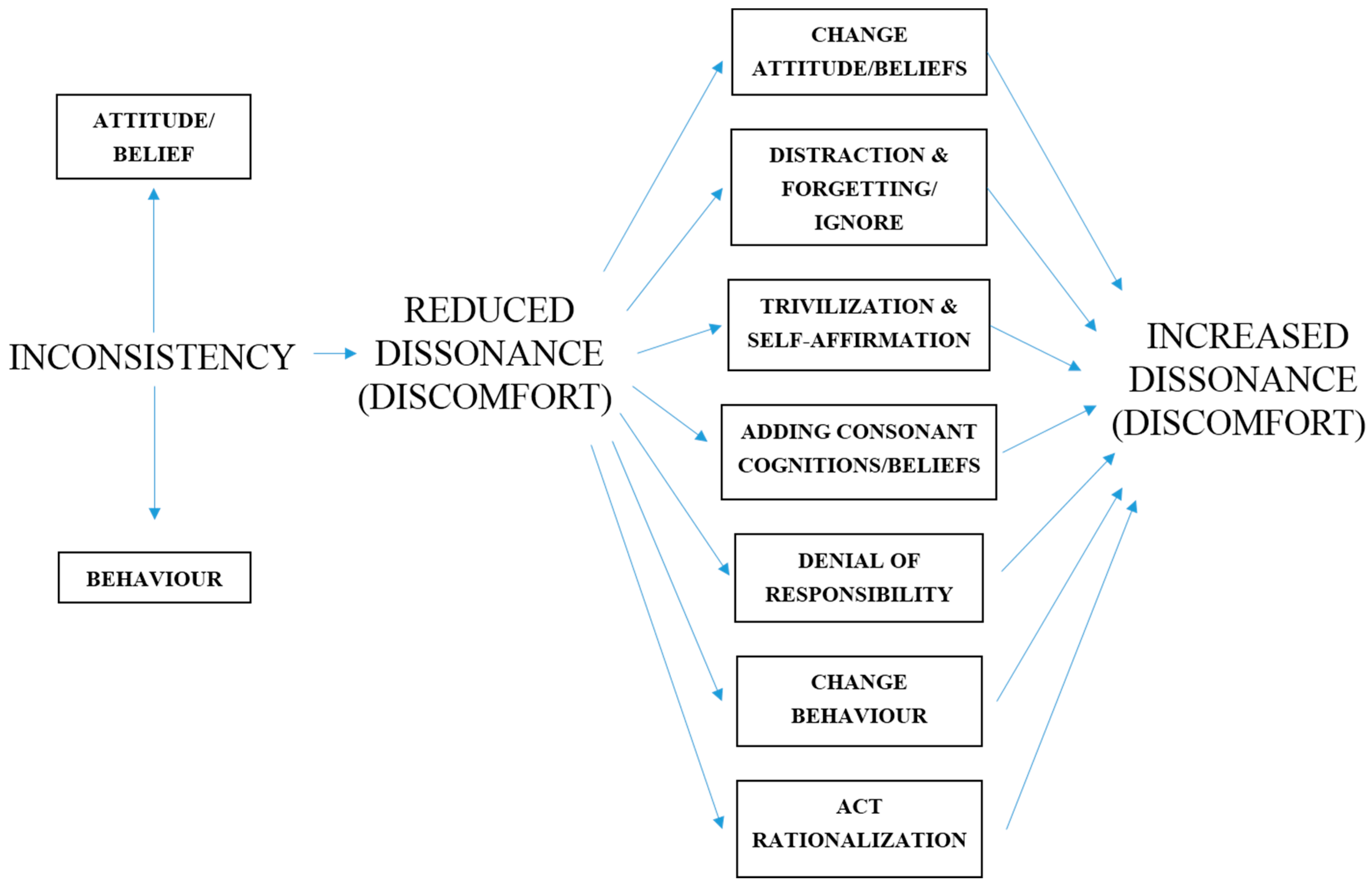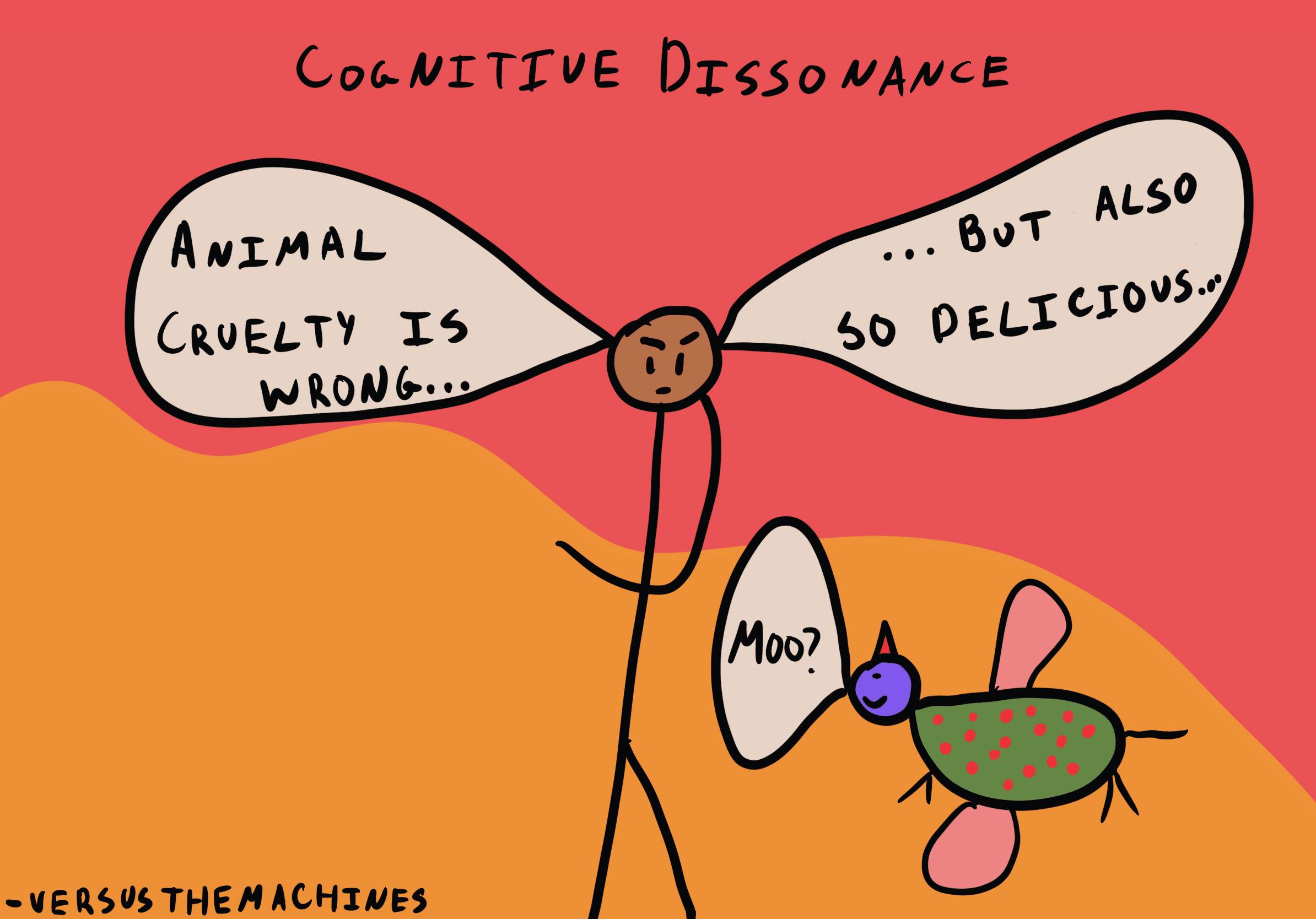Smart Info About How To Reduce Cognitive Dissonance

To reconcile them every marketer needs to have an effective cognitive dissonance strategy that can help you in minimizing cognitive dissonance.
How to reduce cognitive dissonance. In one study done in 2003, beyond reference pricing: Denying and rejecting people will avoid information and situations that could increase that specific dissonance. The way to reduce it is to make a decision.
Your brain will attempt to resolve cognitive dissonance on its own — but that doesn’t mean that you don’t have any say over. Cognitive dissonance has been studied for decades in social psychology but has not had much influence on medical education research. We always try to support our beliefs with reasons so that we can justify.
People are uncomfortable in dissonance so they try to reduce this discomfort or seek consistency by using different. There are a couple of ways of doing. A) changing existing beliefs, b) adding new beliefs, or c) reducing the importance.
How to reduce cognitive dissonance. A trained, objective therapist can help clients recognize the signs and reasons for their cognitive dissonance, as well as offer tools to address it. The method of reducing cognitive dissonance by increasing the attractiveness of the chosen alternative and decreasing the attractiveness of the rejected alternative is called “spreading.
This feeling brings about a discrepancy between behavior and attitudes. Whatever you did might have caused so much guilt and shame that you swear you’ll never do it again. Cognitive dissonance involves the mind being pulled in different directions, beteeen two alternatives.
To reduce or eliminate cognitive dissonance, you could do one of several things: Some unconscious strategies often used to cope with cognitive dissonance, include: Resolution of cognitive dissonance enables the mind to protect its beliefs, ideas, and habits.
/2795012-what-is-cognitive-dissonance-5afdb76eae9ab800364e4e48.png)

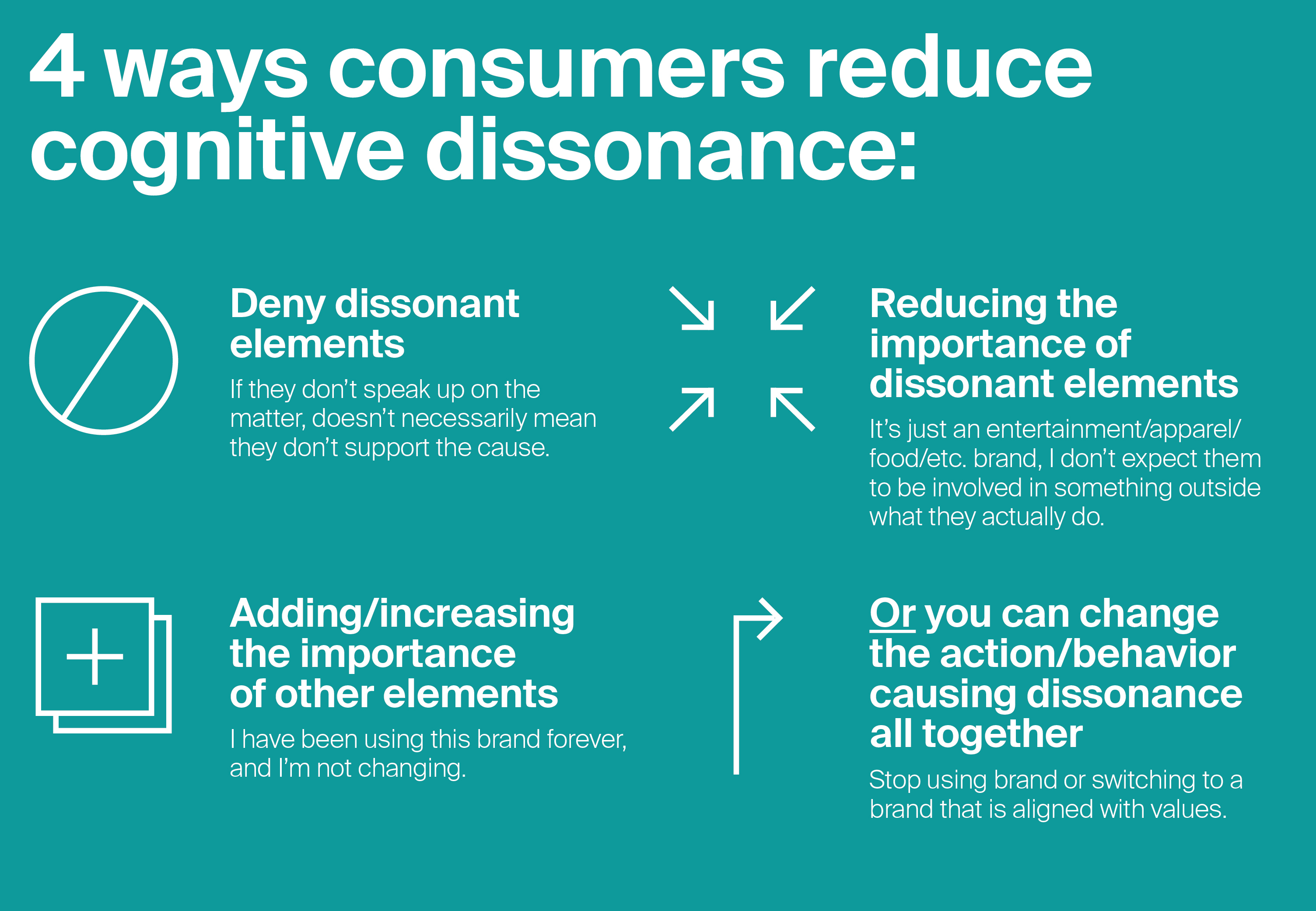


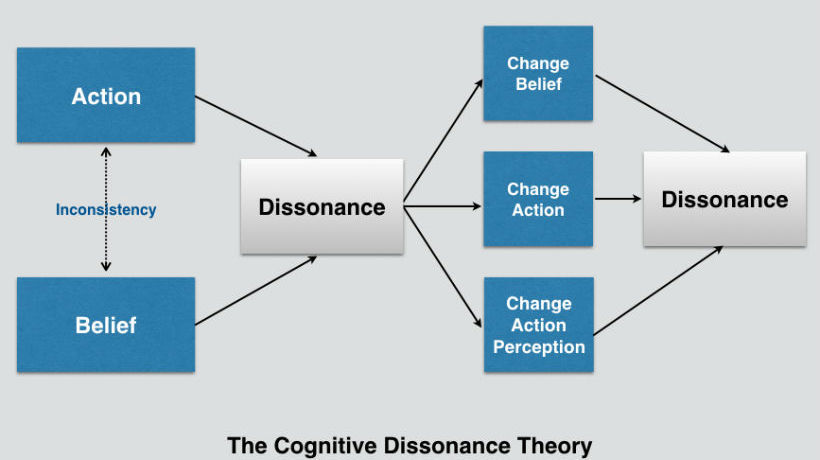
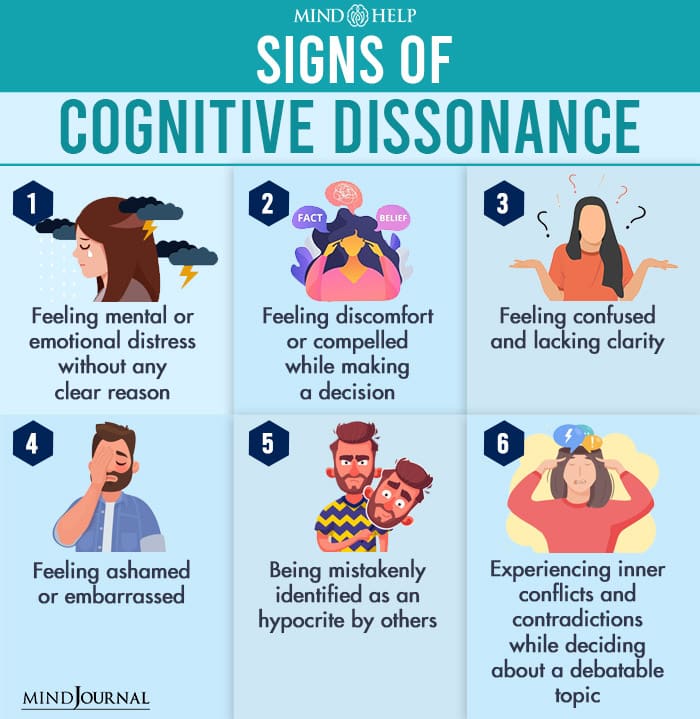
/2795012-what-is-cognitive-dissonance-5afdb76eae9ab800364e4e48.png)
